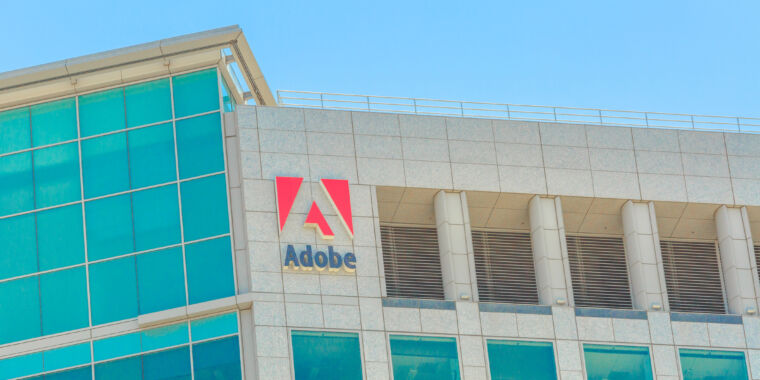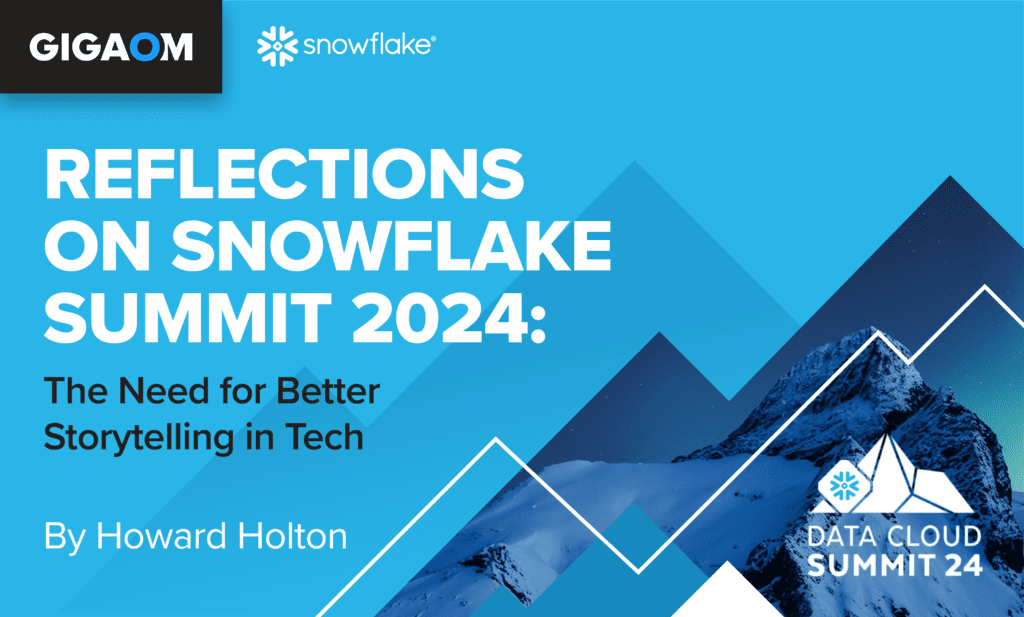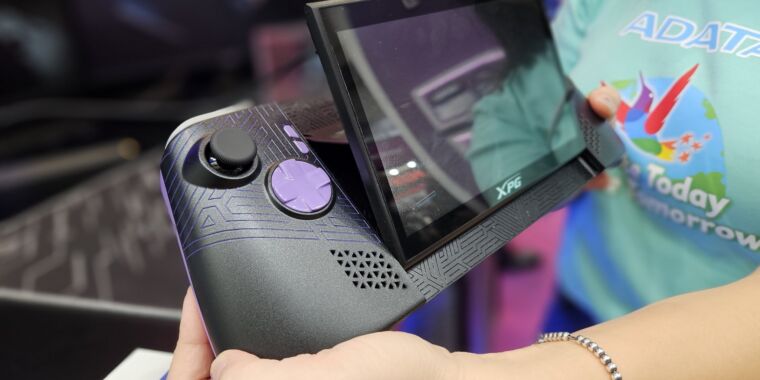Microsegmentation: Implementing Zero Trust at the Network Level
Welcome back to our zero trust blog series! In our previous posts, we explored the importance of data security and identity and access management in a zero trust model. Today, we’re diving into another critical component of zero trust: network segmentation.
In a traditional perimeter-based security model, the network is often treated as a single, monolithic entity. Once a user or device is inside the network, they typically have broad access to resources and applications. However, in a zero trust world, this approach is no longer sufficient.
In this post, we’ll explore the role of network segmentation in a zero trust model, discuss the benefits of microsegmentation, and share best practices for implementing a zero trust network architecture.
The Zero Trust Approach to Network Segmentation
In a zero trust model, the network is no longer treated as a trusted entity. Instead, zero trust assumes that the network is always hostile and that threats can come from both inside and outside the organization.
To mitigate these risks, zero trust requires organizations to segment their networks into smaller, more manageable zones. This involves:
- Microsegmentation: Dividing the network into small, isolated segments based on application, data sensitivity, and user roles.
- Least privilege access: Enforcing granular access controls between segments, allowing only the minimum level of access necessary for users and devices to perform their functions.
- Continuous monitoring: Constantly monitoring network traffic and user behavior to detect and respond to potential threats in real-time.
- Software-defined perimeters: Using software-defined networking (SDN) and virtual private networks (VPNs) to create dynamic, adaptable network boundaries that can be easily modified as needed.
By applying these principles, organizations can create a more secure, resilient network architecture that minimizes the risk of lateral movement and data breaches.
Benefits of Microsegmentation in a Zero Trust Model
Microsegmentation is a key enabler of zero trust at the network level. By dividing the network into small, isolated segments, organizations can realize several benefits:
- Reduced attack surface: Microsegmentation limits the potential damage of a breach by containing threats within a single segment, preventing lateral movement across the network.
- Granular access control: By enforcing least privilege access between segments, organizations can ensure that users and devices only have access to the resources they need, reducing the risk of unauthorized access.
- Improved visibility: Microsegmentation provides greater visibility into network traffic and user behavior, making it easier to detect and respond to potential threats.
- Simplified compliance: By isolating regulated data and applications into separate segments, organizations can more easily demonstrate compliance with industry standards and regulations.
Best Practices for Implementing Microsegmentation
Implementing micro-segmentation in a zero trust model requires a comprehensive, multi-layered approach. Here are some best practices to consider:
- Map your network: Before implementing micro-segmentation, thoroughly map your network to understand your applications, data flows, and user roles. Use tools like application discovery and dependency mapping (ADDM) to identify dependencies and prioritize segments.
- Define segmentation policies: Develop clear, granular segmentation policies based on your organization’s unique security and compliance requirements. Consider factors such as data sensitivity, user roles, and application criticality when defining segments.
- Use software-defined networking: Leverage SDN technologies to create dynamic, adaptable network segments that can be easily modified as needed. Use tools like Cisco ACI, VMware NSX, or OpenStack Neutron to implement SDN.
- Enforce least privilege access: Implement granular access controls between segments, allowing only the minimum level of access necessary for users and devices to perform their functions. Use network access control (NAC) and identity-based segmentation to enforce these policies.
- Monitor and log traffic: Implement robust monitoring and logging mechanisms to track network traffic and user behavior. Use network detection and response (NDR) tools to identify and investigate potential threats.
- Regularly test and refine: Regularly test your micro-segmentation policies and controls to ensure they are effective and up to date. Conduct penetration testing and red team exercises to identify weaknesses and refine your segmentation strategy.
By implementing these best practices and continuously refining your micro-segmentation posture, you can better protect your organization’s assets and data and build a more resilient, adaptable network architecture.
Conclusion
In a zero trust world, the network is no longer a trusted entity. By treating the network as always hostile and segmenting it into small, isolated zones, organizations can minimize the risk of lateral movement and data breaches. However, achieving effective microsegmentation in a zero trust model requires a commitment to understanding your network, defining clear policies, and investing in the right tools and processes. It also requires a cultural shift, with every user and device treated as a potential threat.
As you continue your zero trust journey, make network segmentation a top priority. Invest in the tools, processes, and training necessary to implement microsegmentation and regularly assess and refine your segmentation posture to keep pace with evolving threats and business needs.
In the next post, we’ll explore the role of device security in a zero trust model and share best practices for securing endpoints, IoT devices, and other connected systems.
Until then, stay vigilant and keep your network secure!
Additional Resources:
Microsegmentation: Implementing Zero Trust at the Network Level Read More »
























